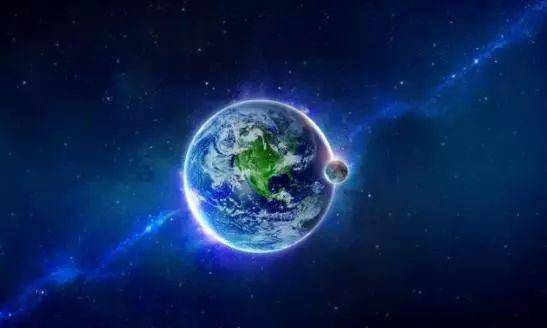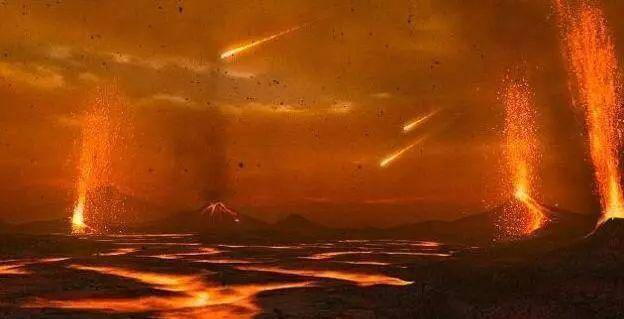The formation of the earth has gone through a long period of time. In the early days, the earth’s crust grew rapidly, and with the long-term stable development, continents were formed on the earth. During the last hundreds of millions of years on the time scale, the Earth‘s surface continued to reshape itself, and continents continued to form and break apart.

These migrating landmasses occasionally form supercontinents. About 750 million years ago, Rodinia, one of the earliest known supercontinents, began to break up, later merged into Pannosia between 600 million and 540 million years ago, and finally Pangaea began to split 180 million years ago. , Time has changed, and the earth has gradually become what it is now.

In ancient times, there was a rain on the earth that lasted for two million years. What happened? To talk about this, we must start with the formation of rain.

The water on the ground absorbs heat and turns into water vapor, which rises to the upper layer of the vapor layer of the sky. Due to the low temperature of the upper layer, the gas shrinks and the specific gravity increases, and the vapor descends. Due to the high temperature below, it absorbs heat during the descending process, rises again, encounters cold, and then descends again. In this way, the gas molecules gradually shrink, and finally concentrate on the bottom layer of the vapor layer, forming a low temperature area in the bottom layer, and the water vapor concentrates in the low temperature area, which forms a cloud. The cloud becomes larger and the upper and lower convection inside the cloud becomes more and more intense, and the temperature becomes lower and lower. When the cloud reaches the rain-forming temperature, raindrops will form. This is the formation of rain.

Closer to home, 250 million years ago, an ecological disaster occurred in the interior of the earth. This period is called the Permian and Triassic extinction events. This extinction event caused 70% of the terrestrial vertebrates on the earth and 96% of marine life disappeared.

During this period, dinosaurs were not yet born, and the representative of terrestrial vertebrates at that time was water dragons. There was a massive volcanic eruption on Earth at that time, releasing huge amounts of carbon dioxide and methane. Increased carbon dioxide levels make the animals less able to make calcium, unable to form hard bones and shells, and the animals cannot survive as a result.

In addition, the increase in methane and carbon dioxide levels caused global warming, and a large amount of water in the oceans formed water vapor, which was present in the air, and then over a period of tens of millions of years, as the temperature dropped, the sky began to It rained, and it was supposed to have been raining for a good two million years.

Up to now, due to the development of industry, pollution has become more and more serious. Although the current carbon dioxide emissions cannot be compared with the volcanic eruptions in ancient times, but with the increase of carbon dioxide concentration, it is easy to cause a chain reaction, which makes the global warming faster. If there is another 2 million years of rain in the future, then where should we humans go?



GIPHY App Key not set. Please check settings